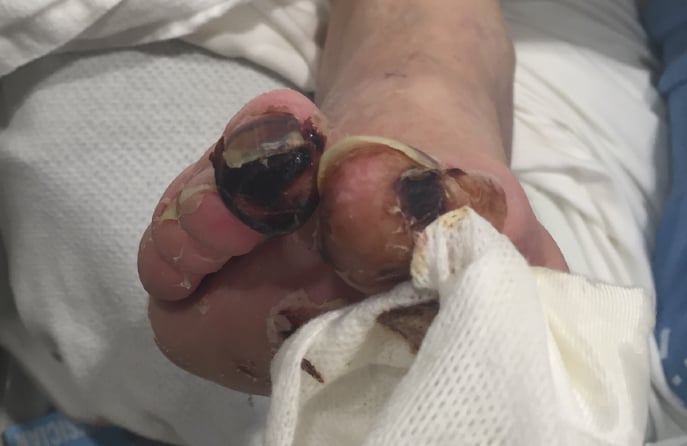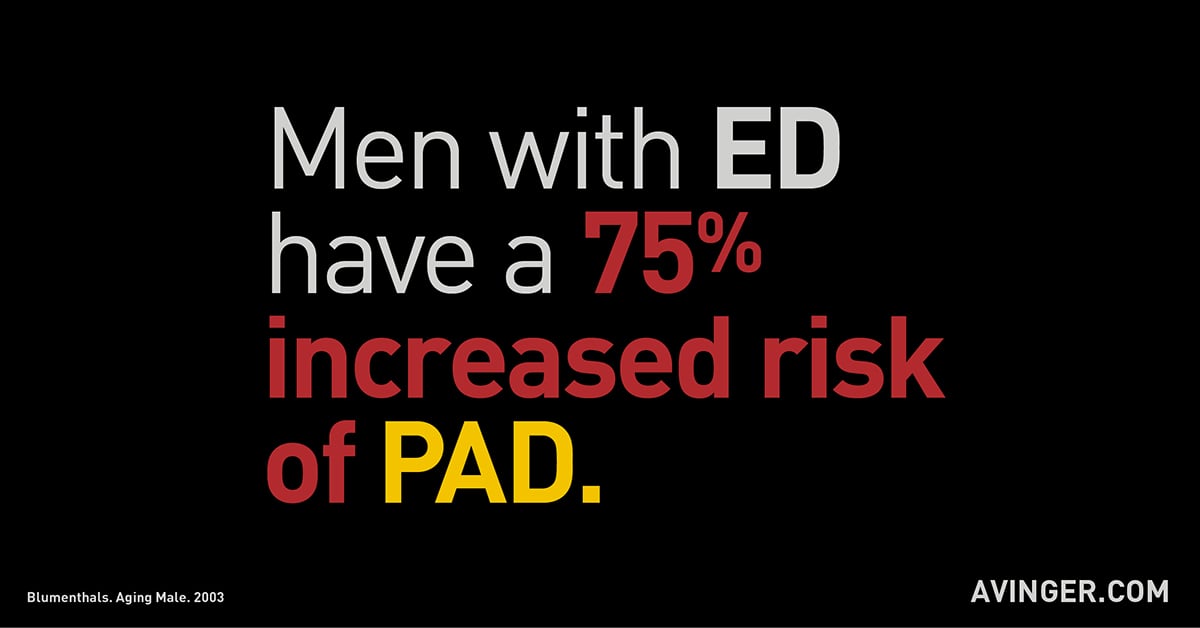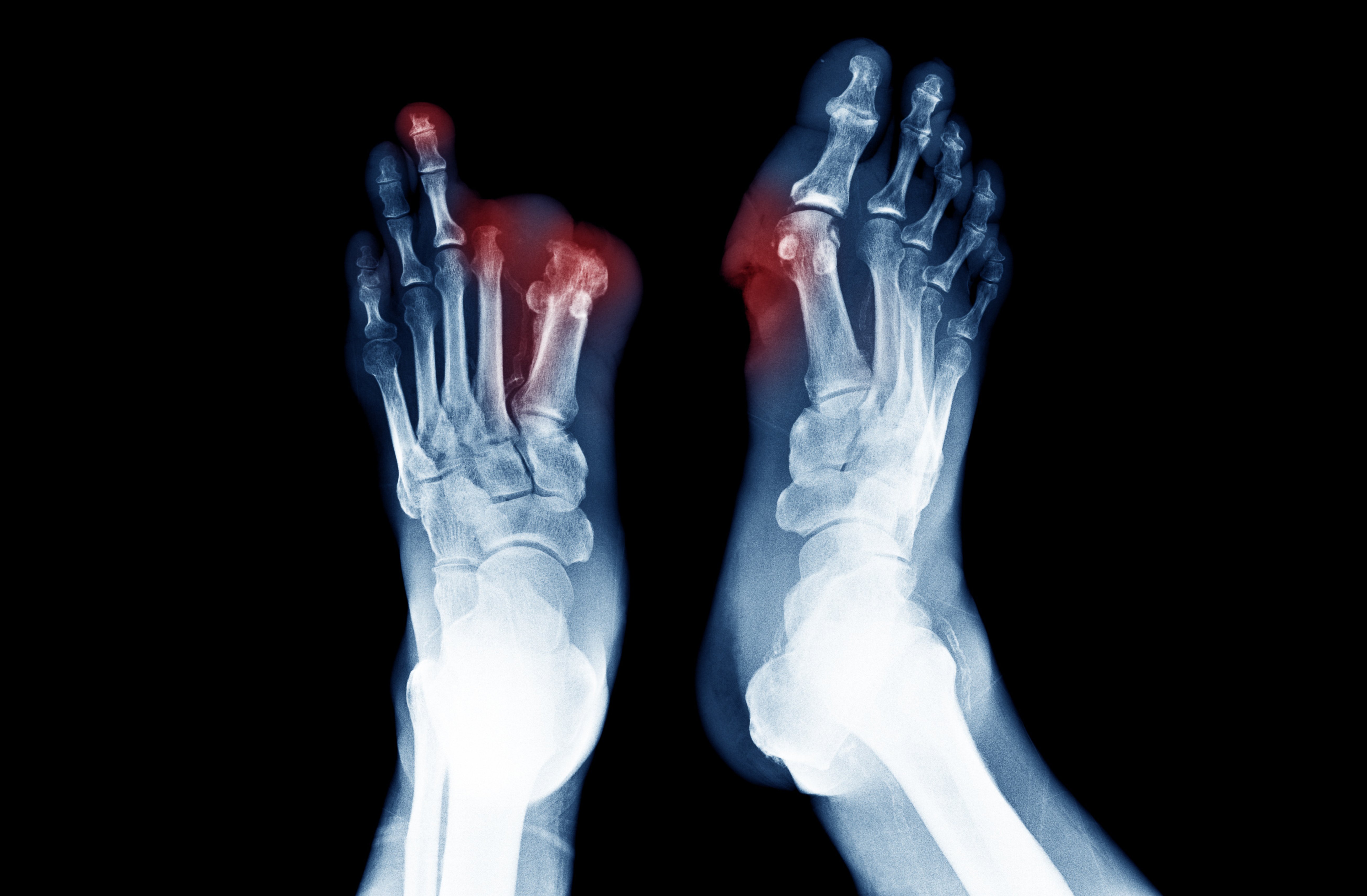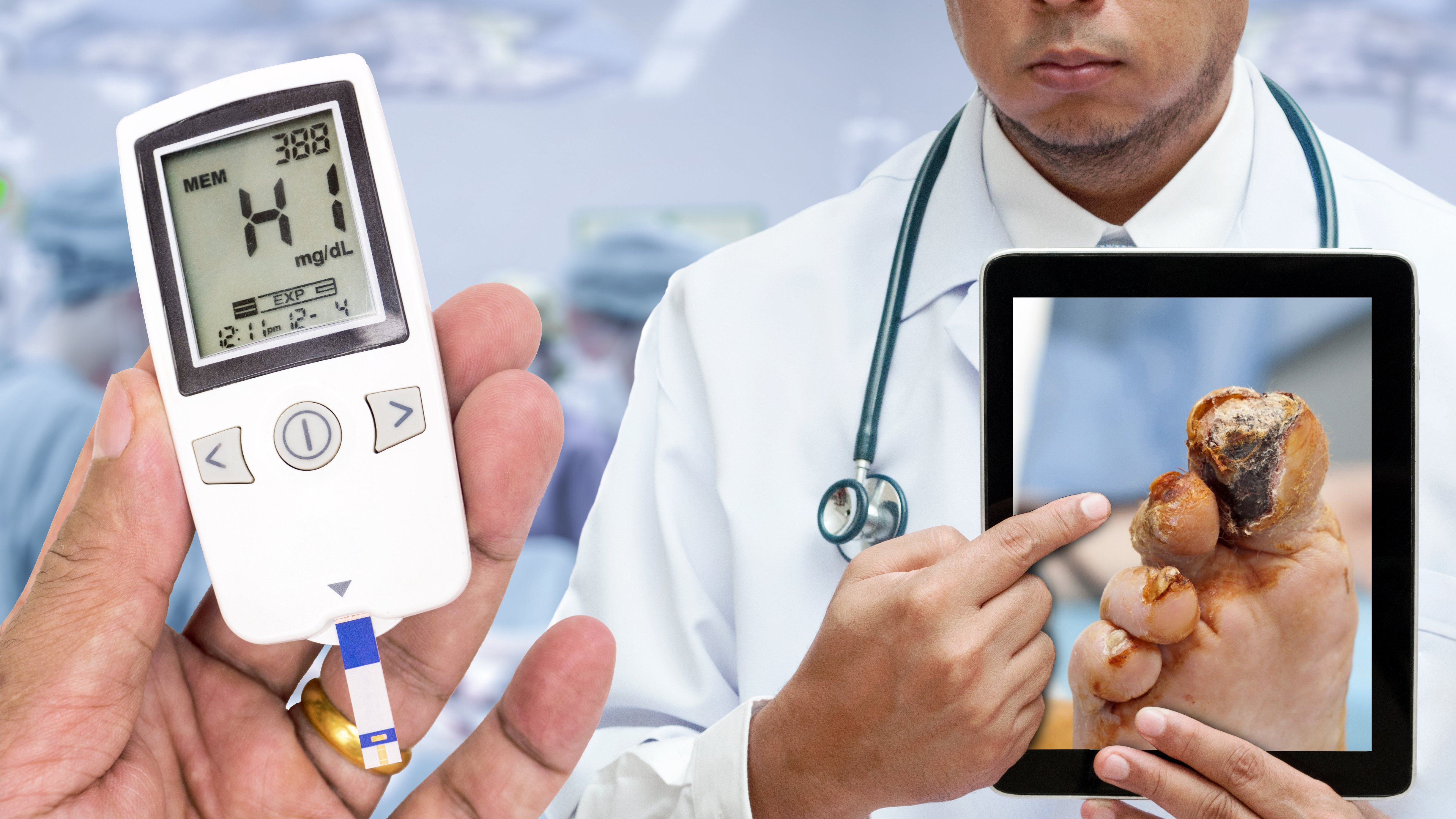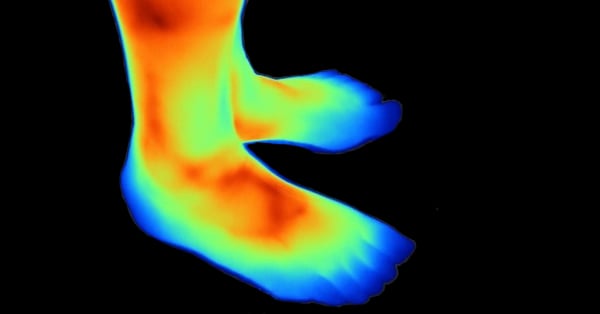Topics: Peripheral Artery Disease

Many people don’t know what Peripheral Artery Disease (PAD) is. Although the long name may sound confusing, it is actually a common circulatory problem in which plaque builds up inside the arteries and obstructs blood flow to the legs and feet. Arteries are the blood vessels that carry oxygen and nutrient-rich blood from the heart to all areas of the body. In addition to the lower extremities, Peripheral Artery Disease also occurs in the arteries that carry blood to the arms and legs.
Patients with Peripheral Artery Disease develop atherosclerosis which means the arteries slowly become narrowed or blocked when plaque slowly form inside the artery walls. Plaque is made of excessive fat, cholesterol and other substances floating through the bloodstream, such as inflammatory cells, proteins and calcium. If the arteries become narrowed or blocked, blood cannot get through to nourish organs and other tissues, causing damage to the tissues and eventually tissue death.
Learn more:
Interested in the treatment options for Peripheral Artery Disease? Please click here.
To find a doctor who treats Peripheral Artery Disease, please click here.

